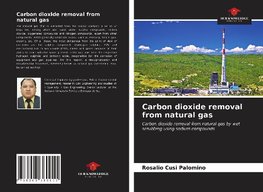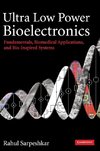
-
 Anglický jazyk
Anglický jazyk
Carbon dioxide removal from natural gas
Autor: Rosalio Cusi Palomino
The natural gas that is extracted from the subsoil contains a series of impurities, among which are: sand, water, sulphur compounds, carbon dioxide, oxygenated compounds and nitrogen compounds, apart from other components, which generally constitute traces,... Viac o knihe
Na objednávku
66.60 €
bežná cena: 74.00 €
O knihe
The natural gas that is extracted from the subsoil contains a series of impurities, among which are: sand, water, sulphur compounds, carbon dioxide, oxygenated compounds and nitrogen compounds, apart from other components, which generally constitute traces, such as mercury, helium gas, arsenic, etc. Of all these, the most dangerous from the point of view of corrosion are the sulphur compounds (hydrogen sulphide, H2S and mercaptans) and carbon dioxide (CO2), called acid gases because of their ability to react with the water present in the gas and form the respective hydrogen sulphide and carbonic acids, responsible for the corrosion of equipment and gas pipelines. For this reason, a desulphurisation and decarbonation treatment, commonly known as natural gas sweetening, must be carried out first.
- Vydavateľstvo: Our Knowledge Publishing
- Rok vydania: 2021
- Formát: Paperback
- Rozmer: 220 x 150 mm
- Jazyk: Anglický jazyk
- ISBN: 9786203360011











 Nemecký jazyk
Nemecký jazyk 
